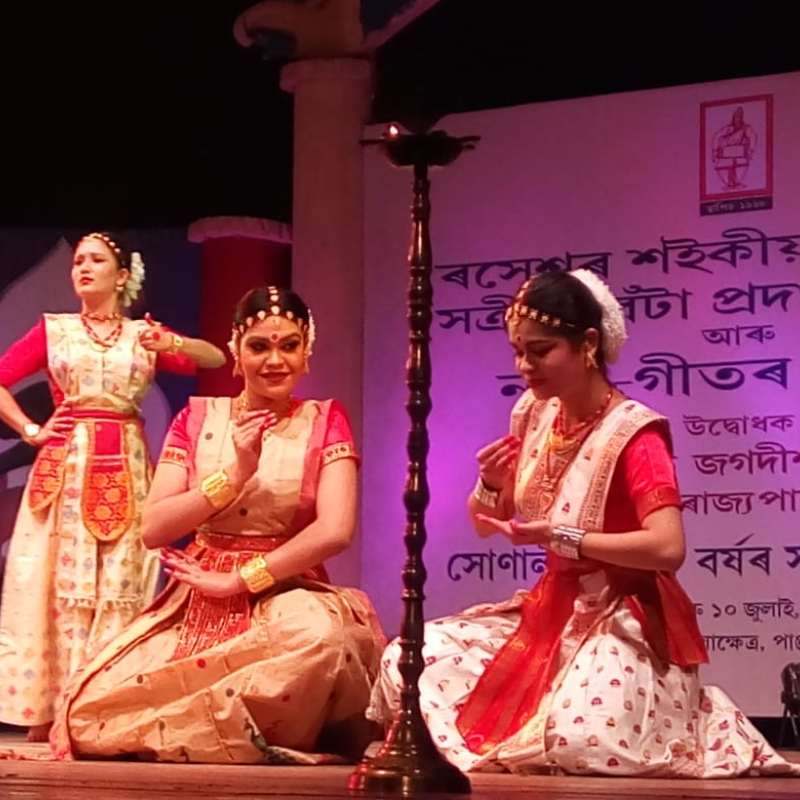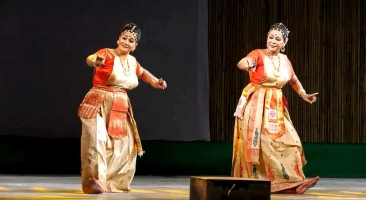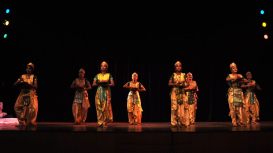Sattriya Nritya is one of the classical dance forms of India recognised by the Ministry of Culture. It finds its roots in the neo-Vaishnavite monasteries of Assam, known as sattras.
Initially performed by male monks as a ritualised practice within the confines of the sattras, Sattriya Nritya gradually opened up to the public as it embraced the performance stage outside. This development provided new avenues for the practitioners of the dance form as it made their art commercially viable and earned them renown across the world. The marriage of the public space with the sacred also meant that the dance form has had to evolve to accommodate new needs in a changing environment. Sattriya Nritya now involves women performers and elaborate costumes, and creates a dialogue between neo-Vaishnavism, Assamese traditions and the modern world of performing arts.
This module delves into the history and intangible cultural heritage of Sattriya Nritya and other such ritualistic practices associated with the sattras of Assam. It discusses the living traditions of the sattras, its organisation and architecture; the philosophy of Sankardeva, the founder of neo-Vaishnavism in Assam; and looks at how Sattriya Nritya and sattras are at the same time cultural and religious archives and a bridge between varied groups of audience.




